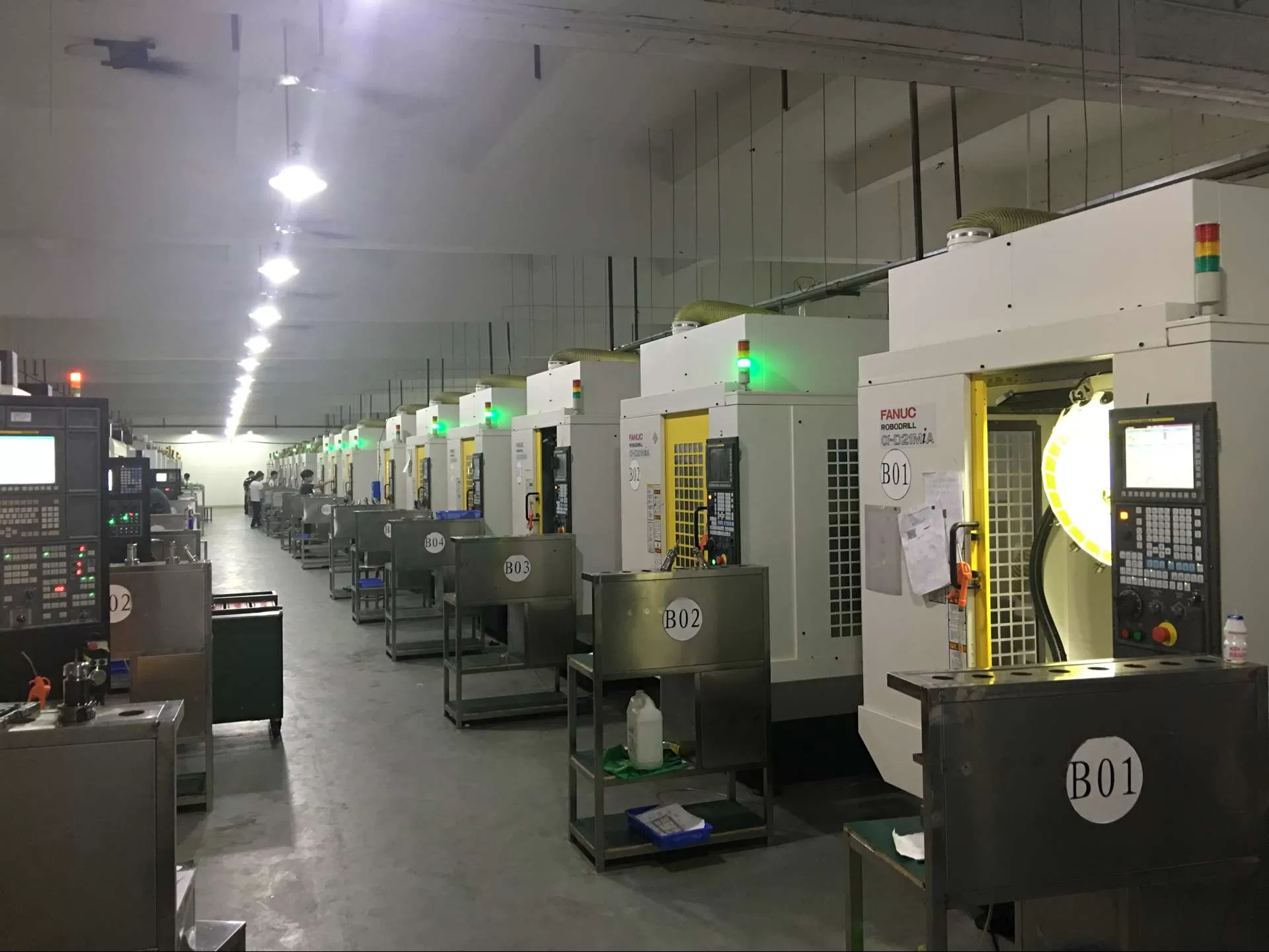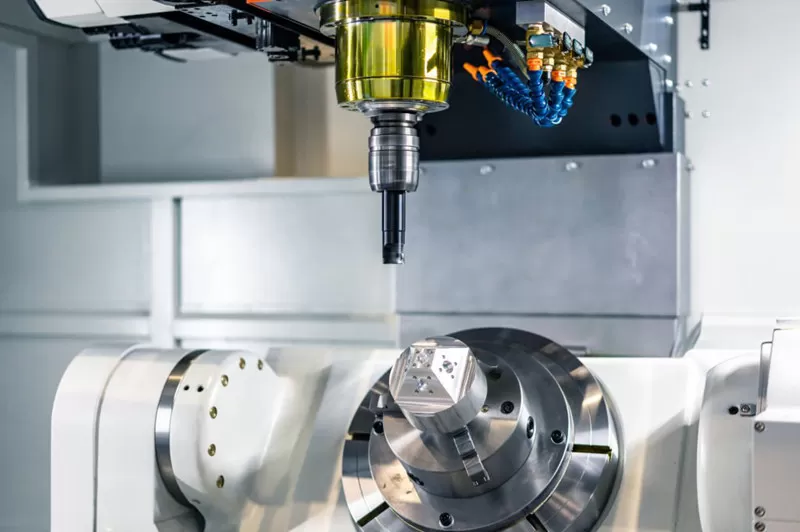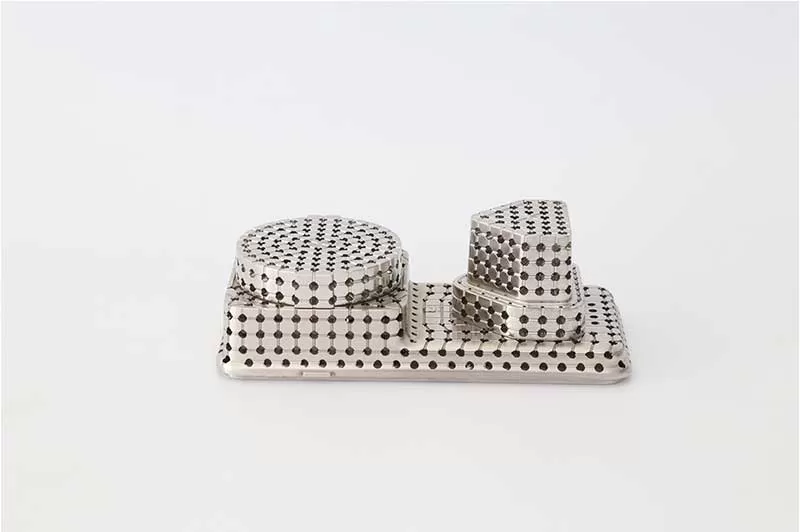CNC (Computer Numerical Control) machining has revolutionized manufacturing, enabling the production of complex parts with unparalleled precision and efficiency. At the heart of this technology lies CNC POR (Power-On Reset), a critical feature that ensures the reliability and accuracy of CNC systems. This article delves into the fundamentals of CNC POR, its applications across industries, and its future potential, while providing a comparative analysis with other CNC technologies.
CNC POR (Power-On Reset) is a mechanism that initializes CNC systems to a predefined state when powered on. It clears residual data, resets system parameters, and ensures the machine starts operations with a clean slate. This process is vital for maintaining accuracy, preventing errors, and ensuring safety in CNC machining.
The CNC POR process involves several key steps:
Power-On Detection: The system detects the power-up event and triggers the reset sequence.
System Reset: Critical components like the CPU, memory, and I/O interfaces are reset to their default states.
Parameter Initialization: Predefined settings, such as tool offsets and axis positions, are loaded.
Self-Test and Diagnostics: The system performs checks to ensure all components are functioning correctly.
Ready State: The machine enters a safe and operational state, ready for machining tasks.

CNC POR ensures the high precision required for aerospace components, such as turbine blades and structural parts.
Table 1: CNC POR Applications in Aerospace
| Component | Role of CNC POR |
| Turbine Blades | Ensures tight tolerances for aerodynamic efficiency |
| Structural Parts | Maintains dimensional accuracy for safety |
| Engine Components | Reduces errors in high-stress environments |
In the automotive industry, CNC POR supports the production of engine parts, transmission components, and custom designs.
Table 2: CNC POR Applications in Automotive
| Component | Role of CNC POR |
| Engine Blocks | Ensures precise machining for performance |
| Transmission Gears | Maintains consistency in high-volume production |
| Custom Machined Parts | Enables complex geometries for unique designs |
CNC POR plays a crucial role in manufacturing medical devices, such as implants and surgical instruments, where precision is non-negotiable.
Table 3: CNC POR Applications in Medical
| Component | Role of CNC POR |
| Surgical Instruments | Ensures sharpness and accuracy for delicate procedures |
| Implants | Maintains biocompatibility and fit |
| Diagnostic Equipment | Reduces errors in critical measurements |
CNC POR excels in maintaining tight tolerances and handling complex geometries, outperforming traditional CNC methods.
Table 4: Precision and Complexity Comparison
| Technology | Precision | Complexity Handling |
| CNC POR | High | Excellent |
| Traditional CNC | Moderate | Good |
| Manual Machining | Low | Limited |

CNC POR enhances efficiency by reducing setup times and minimizing errors during power cycles.
Table 5: Efficiency and Speed Comparison
| Technology | Efficiency | Speed |
| CNC POR | High | Fast |
| Traditional CNC | Moderate | Moderate |
| Manual Machining | Low | Slow |
CNC POR supports a wide range of materials and applications, making it highly versatile.
Table 6: Versatility Comparison
| Technology | Material Range | Application Scope |
| CNC POR | Broad | Extensive |
| Traditional CNC | Moderate | Broad |
| Manual Machining | Limited | Narrow |
The CNC POR market is expected to grow significantly, driven by advancements in automation and Industry 4.0.
Table 7: CNC POR Market Growth
| Year | Market Size (USD Billion) |
| 2025 | 5.2 |
| 2030 | 8.7 |
| 2035 | 12.4 |
CNC POR is set to expand into new industries, including renewable energy and electronics.
Table 8: CNC POR Industry Applications
| Industry | Potential Applications |
| Renewable Energy | Wind turbine components, solar panel frames |
| Electronics | Precision parts for semiconductors |
| Robotics | Custom machining for robotic arms |
While CNC POR offers immense potential, challenges like high initial costs and technical complexity must be addressed.
Table 9: CNC POR Opportunities and Challenges
| Opportunities | Challenges |
| Increased Automation | High Initial Costs |
| Enhanced Precision | Technical Complexity |
| Broader Applications | Skilled Labor Shortage |

CNC POR offers numerous advantages, including improved precision, efficiency, and versatility.
Table 10: Advantages of CNC POR
| Advantage | Description |
| High Precision | Ensures tight tolerances and accuracy |
| Enhanced Efficiency | Reduces setup times and errors |
| Broad Material Range | Supports metals, plastics, and more |
Despite its benefits, CNC POR has limitations, such as high costs and technical requirements.
Table 11: Limitations of CNC POR
| Limitation | Description |
| High Initial Costs | Expensive setup and maintenance |
| Technical Complexity | Requires skilled operators |
| Limited Flexibility | Less adaptable to small-scale projects |
CNC POR is a cornerstone of modern CNC machining, enabling precision, efficiency, and versatility across industries. As technology advances, its applications will continue to expand, offering new opportunities while addressing existing challenges. For businesses seeking precise machining and manufacturing solutions, partnering with a custom machining company like Anok CNC ensures access to cutting-edge CNC and precision machining technologies.
By understanding the role of CNC POR, manufacturers can unlock the full potential of CNC machining, driving innovation and excellence in their operations.
